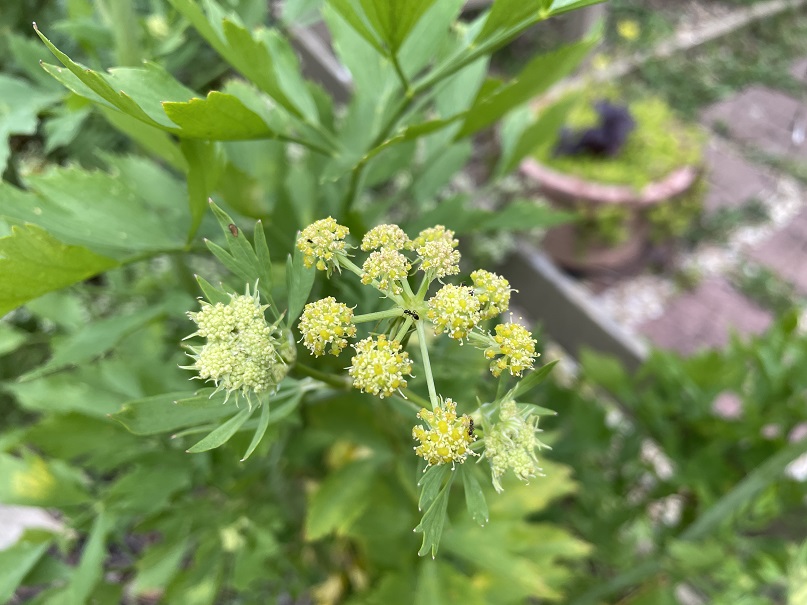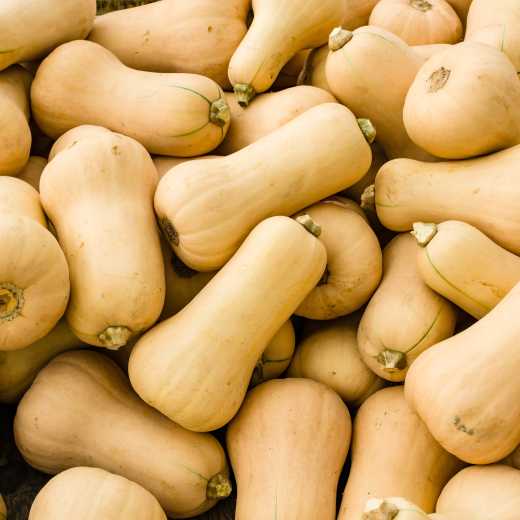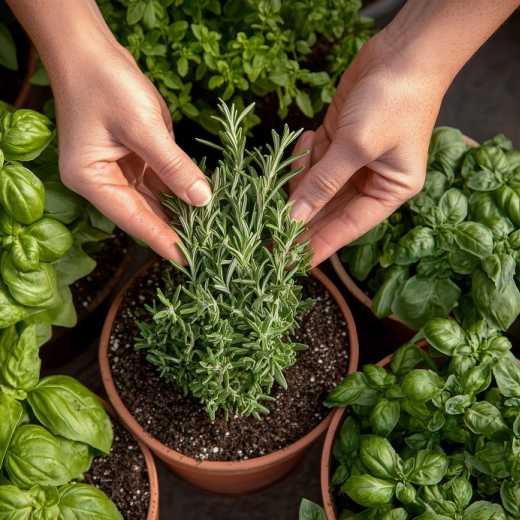Loveage: An Old World Herb Worth Getting to Know
Lovage: An Old World Herb Worth Getting To Know by Peggy Riccio, NGC Blog Administrator

Years ago, I was interviewing a long-time member of my local herb club for the newsletter. I asked her favorite herb and she replied, “lovage.” I was surprised, lovage is not a well-known herb in this country. But she explained that lovage had many uses in the kitchen and was a good salt substitute. Ever since then I have been interested in growing and using lovage.
Every spring I buy a small plant from the nursery to put in my Virginia garden. Eventually it languishes and dies. Last year I had an epiphany. If lovage was like celery with its long stalks and green foliage, maybe it should be grown like celery. I planted my next purchase next to my cutting celery. I have been growing cutting celery successfully for years in one place. The area is part sun/part shade and has more soil moisture than the other areas of the garden because it is in a depressed site that catches rainwater.
This year, the lovage has come back and seems to be thriving. I think the only way to grow this is if it gets a constant supply of moisture, especially during the dry times in the summer.
Lovage (Levisticum officinal) is an old herb from the Mediterranean region. A member of the Apiaceae family (celery or parsley family), it is a long-lived plant, hardy to zone 5.
Lovage has height. It can be a bold statement in the garden. In fact, it is a landscape edible and is best used in the back of the garden bed. As a perennial, it dies back to the ground in the winter and emerges in the spring. In the summer, it may reach a height of 2-3 feet and then a flowering stalk emerges that can be 6 feet tall. If you do not have a need for the flower stalk or seeds, you can cut this down to manage the size and to have more foliage.
Lovage tastes like celery but with a zing. To me it is a strong celery flavor with pepper. It is best used fresh but can be dried. Lovage has a natural salt taste and during the war in Europe the leaves were dried and used as a salt substitute.
Lovage blends well with the lemon herbs such as lemon basil and lemon thyme. Lovage is good with chicken, potatoes, potato salad, eggs, fish, tuna, creamed soups, and savory pies. The foliage can be cut into strips and cooked with summer veggies. The flowering stems can be candied. The stems are hollow and can be used as drink stirrers or straws in drinks such as a Bloody Mary.
Lovage produces umbels of small, yellow flowers and the resulting seeds are used as spice. The seeds can be candied, added to pickles or breads, or added to dishes for flavor, like celery seeds. Or leave the seeds on the plant to feed the goldfinches.
Although one plant should be enough for one family, you can divide the plant in the spring every few years to make more for you or to share with friends. Lovage can be grown from seed indoors before the last frost but germination takes a long time plus the seeds have to be fresh. In the DC metro area, small plants are easy to find in nurseries in the spring.
Try growing lovage for your culinary needs, to add ornamental value in the garden, and to support the pollinators and birds.
National Garden Clubs, Inc. is a 501(c)(3) organization that aims to promote the love of gardening, floral design, and civic and environmental responsibility. There is a local club near you, click here to find one and join. Subscribe to the NGC’s blog by entering your e-mail here. You do not have to be an NGC member to subscribe. NGC welcomes blog article submissions, e-mail the Blog Administrator at blog@gardenclub.org.

 Member Login
Member Login






